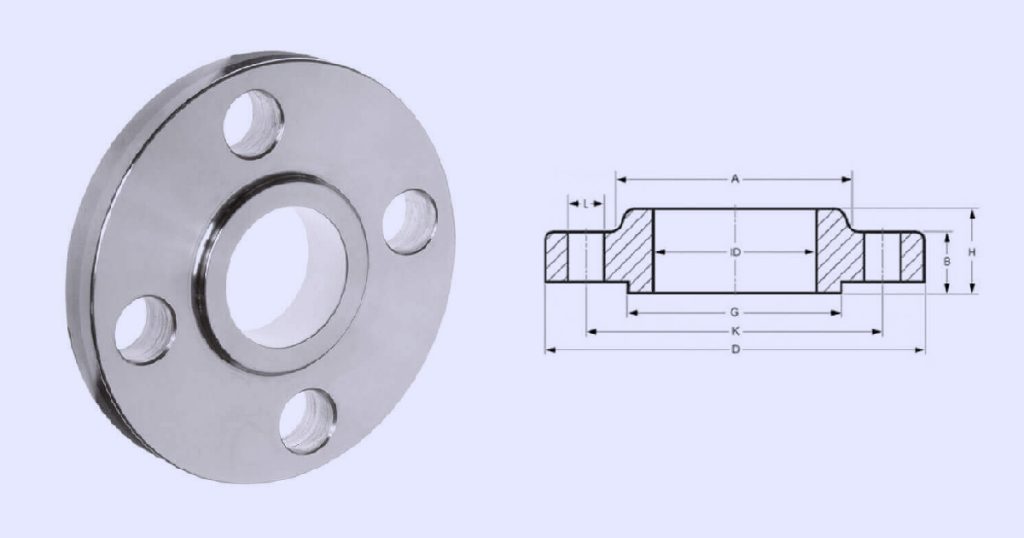Flanges are important to connect the pipe, tubes for better functioning in the piping system. There are many different types of the flanges available in the market which have specifications and applications. Slip on raised flanges (SORF) are designed with circular flat discs having holes in the center portion. It serves to connect the two different pieces of pipes together. These are mainly essential for industries to make additional effective sealing of pipe and connection of same. Explore more detail about SORF flanges with this blog to understand its actual beneficial use in industries.
What are SORF Flanges?
SORF are considered important components in many equipment, machines and pipelines too. This is designed in a specific manner to get easy installation only with welding or bolting without any sophisticated procedures. SORF is mainly made of four components as follows:
Two raised faces
Hub bore
Bolts or studs to keep things on its place
All of these components work together to make out accurate alignment and perfect connection of the pipe. SORF flange full form is Slip-On raised face flanges widely used in piping systems. These are mainly used to connect two different pipes together to extend the path of the system. This flange is available in a variety of sizes and dimensions too. Hence, you can pick the most suitable one to apply to a particular area. This particular type of flange helps to connect with fillet welding at the end of the pipe which gets covered inside the pipe. RT J face, plain, raised faces are available in SORF flanges for diversified use.
Specifications
Standards and dimensions (e.g., ANSI B16.5, ASME B16.47)
Pressure ratings and classes
Materials used (e.g., carbon steel, stainless steel, alloy steel)
There are many of the specifications available with featured design of SORF flanges. But these might vary depending upon factors like pressure ratings, materials, standards and more. Dive to know about specifications to enjoy after installation of SORF flanges.
Dimensions
The dimensions of SORF varies from ½ inch to 24 inches or even larger sizes are available. You can pick one according to requirements at the application area mainly based on the size of pipes.
Standardization
SORF flanges mainly follow standardization to tackle conditions of applied area.
ANSI B16.5 (American National Standards Institute)
ASME B16.5 (American Society of Mechanical Engineers)
API (American Petroleum Institute)
Pressure ratings
Pressure ratings differ based on particular standards, materials and design according to specified area of application. These ratings comes as 150#, 300#, 600#, 900#, 1500#, 2500# and more.
Materials
Commonly used materials in SORF flanges are as follows:
Carbon steel (ASTM A105)
Stainless steel (ASTM A182 F304, F316/316L)
Alloy steel (ASTM A350 LF2)
Face type
Raised face (RF) is considered as widely used and standard type under SORF flanges. Raised face is mainly used because of its specification of gasket which enhances sealing of pipe.
Types of SORF Flanges
SORF flanges are typically available in these different variations to have application on different parts.

STOCK FINISH
Stock finish is most commonly used. Suitable for practically all normal service conditions. Under compression, the soft gasket will embed into this finish. That helps create a seal, and creates a high level of friction between the mating surfaces.
CONCENTRIC FINISH
The concentric finish has the presence of featured concentric grooves when compared with spirals. The grooves present here are crafted with similar tools used in spiral finish. But here it is finished with even design on the face of flanges. The tool is set to feed rates of about 0.039mm of revolution.
Further, Arithmetic average roughness height is important for select the perfect flange and gasket for your application. This means higher the value of Ra, depicts rougher surface whereas lower value of Ra represents smoother surface. Every type of material has its own surface roughness. Sometimes, surfaces are made with deliberate feeling to get some specific roughness.
SPIRAL FINISH
Spiral finish has the groove that is crafted at an angle of 90 degree tools. It helps craft for “v” geometry for 45 degree serration angle. A serrated finish makes for 30 to 35 grooves per inches and roughness of 125 to 250 inches.
Raised Face (RF) SORF flanges
RF flanges have raised surfaces present around the bore hole. This allows the space to adjust the gasket in between two mating RF flanges. RF SORF flanges are most commonly used in different industries. It is because of application at high temperature and pressure to get a reliable seal in the system.
Ring Type Joint (RTJ) SORF flanges
RTJ SORF flanges have a presence of groove in design. This design allows it to accommodate the metal ring gasket in between mating flanges. Due to this specification, it is widely applied to areas facing high pressure and temperature where a reliable and leaking proof seal is required. You can find the most used RTJ flanges in industries of oil and gas to avoid any accidents and downtime of the system.
Applications
Flange connections are strong, efficient, easy to install and dismantle proving a practical choice for different industries. Check out common application of SORF flanges in different industries as follows:
Oil and gas industries
Oil and gas industries need to transport fluid like crude and gases as natural gas to different places. It is important to ensure the leak proof transport of fluid and gas in industries. In this case, raised face flanges are the perfect choice to withstand the high pressure areas of the pipe. SORF flanges are robust and able to withstand the harsh condition of piping systems in oil and gas industries.
Chemical processing industries
In chemical industries, piping systems are mainly exposed to hazardous and toxic chemicals. SORF flanges are used to seal and prevent the leaks at the joint of pipe under high pressure conditions. Raised face SORF type provides extra sealant features at joining area of pipes. Due to this additional support and protection of sealants, SORF are proven ideal choices in chemical industries.
Water industries
SORF flanges are made with corrosion resistance properties in Stainless steel grades particularly. It has a robust feature to withstand the corrosive, harsh, salt-containing water. Hence, it is used widely to transport various materials through pipes with raised face flanges like saltwater, fuel oil, freshwater and more.
Food processing industries
Food processing industries need to maintain hygienic and sanitary conditions. Raised face flanges provide the reliable sealing with pipes making the passed fluid free from outer contaminations. Even it can withstand the high temperature needed for cleaning and sanitizing pipes frequently.
Plumbing and HVAC industries
SORF flanges provide secure connection to pipe joints in plumbing and HVAC industries to prevent any leakage. It helps in easy maintenance and access of systems. This works as corrosion resistance and reduces chances of fatigue failure which ultimately helps to increase the lifespan of the pipe.
Advantages
Check out quick benefits available to the area after installation of SORF flanges in industries.
Fewer leaks
Raised flanges help to develop a tighter seal between the two pieces of pipe creating a leak proof system. The design of raised flange has the presence of raised lip around circumference of pipe opening after installation. This raised lip helps to improve the effectiveness of the seal making a better connection between pipes.
Ease of installation
You can always enjoy this benefit of SORF flange to easily install without any sophisticated process. Only you require some of the standard tools whose use doesn’t require any specialized skill or training. Remarkably, SORF flanges are available in different dimensions and materials. Hence, you can easily pick up the most compatible one for your piping system.
Cost effective
Despite having so many benefits, SORF flanges are proven cost effective as compared to other pipe fittings.
Durable
SORF flanges once after installation have longer life span without any demand of frequent replacement. This feature makes this flange an ideal choice for industries to apply at high pressure and temperature areas.
Versatile
Versatility is the best benefit of SORF flanges making it applicable in various areas. For instance, these are able to connect two different pieces of pipe having different diameters and materials.
Installation and Maintenance
Best practices for installation
Maintenance tips and longevity
Installation and maintenance of SORF flanges after and during installation requires precision and care. Check some tips to conduct best practice of installation of SORF.
Proper installation
Ensure firstly the proper alignment of flanges. Following check the clean and flat surface of flanges to prevent any leaks after installation. Make use of standardized equipment like torque wrench to tighten the bolts evenly.
Gasket selection
Use a proper gasket which should withstand fluid flow, temperature and pressure of the applied area. This point is crucial to consider to ensure longevity and prevent issues of leaks.
Inspection
On a regular basis, examine the signs of damage, corrosion, wear on flanges. Replace the damaged gasket immediately to maintain integrity of sealing.
Bolt tightening
Follow proper bolt tightening sequence and torque values to get up to mark sealing at installation time. Remember uneven or over tightening can increase failure chances of flange leading to leaks or damage.
Alignment
Ensure proper alignment of two mating SORF flanges before placing of gasket in between. It helps to reduce the stress on bolts as well as gaskets. This will prevent premature failure of sealing in flanges.
Surface protection
Protect the flange surface from any damage due to handling and storing. Apply protective covers on flanges to prevent corrosion due to outer environmental sources.
Maintenance schedule
Schedule a regular inspection for maintenance and look for signs of damage in gaskets, bolts etc. Address and solve issues promptly to prevent downtime as well as hazardous accidents.
Training
Select a trained personnel involved to ensure proper implementation of installation procedure with SORF.
Conclusion
SORF flanges are mainly used in industries to join different pieces of pipe together. It is available with various specifications like size, pressure ratings and more. Even there are choices available to select the type of SORF flange according to application area. Due to such features, SORF flanges are widely used in many industries. SORF flanges are an excellent choice in various industries because of their ease of installation, reliability, high pressure resistance and more. The constant updates in quality and uses of SORF will make it more useful in future flange technology.
FAQ’s
What are the key differences between SORF flanges and other types of flanges?
SORF flanges have the feature to join two different pieces of pipe with different dimensions and material. While other flanges cannot provide the same function.
How do I choose the right SORF flange for my application?
Check pressure ratings, high or low pressure area, dimension and material of flange etc. Taking all these criteria into consideration, you can select the right SORF flange.
What are the best practices for installing and maintaining SORF flanges?
Ensure proper installation with choosing the right gasket, tighten bolts evenly, make proper alignment of flanges, carry out regular maintenance etc are best practices.
Are there specific industry standards I need to consider when using SORF flanges?
Yes, you need to consider standards of SORF flanges like ANSI B16.5, ASME B16.47, API etc.
What materials are most suitable for different environmental conditions?
Mostly materials like carbon steel, mild steel, stainless steel, steel alloy are suitable to withstand different environmental conditions. It includes high temperature, pressure, corrosion etc.


